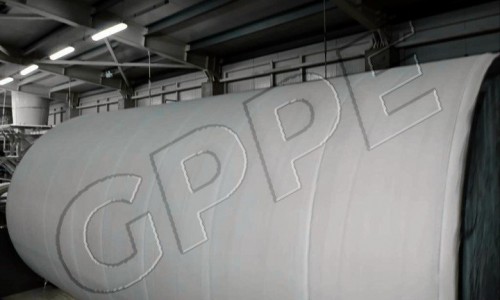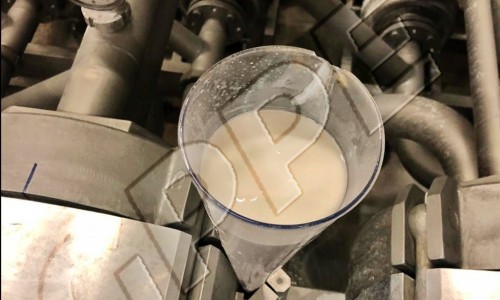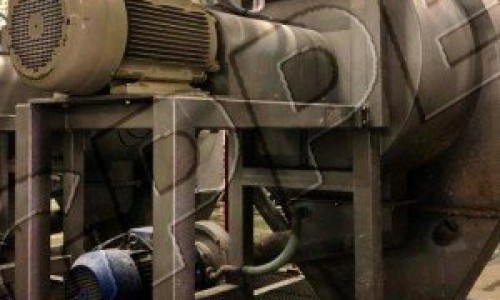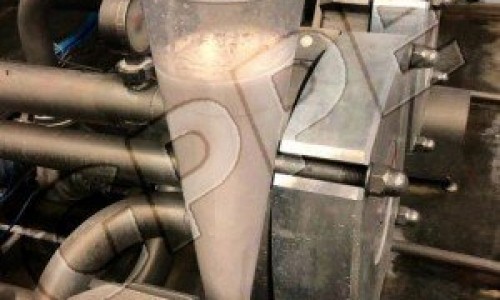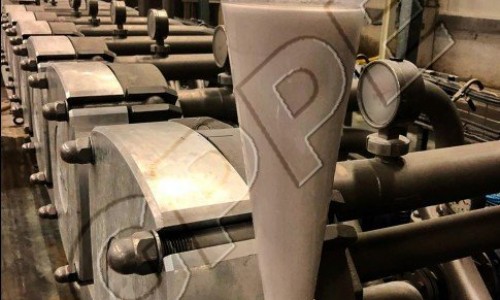Potato Starch & Potato Protein
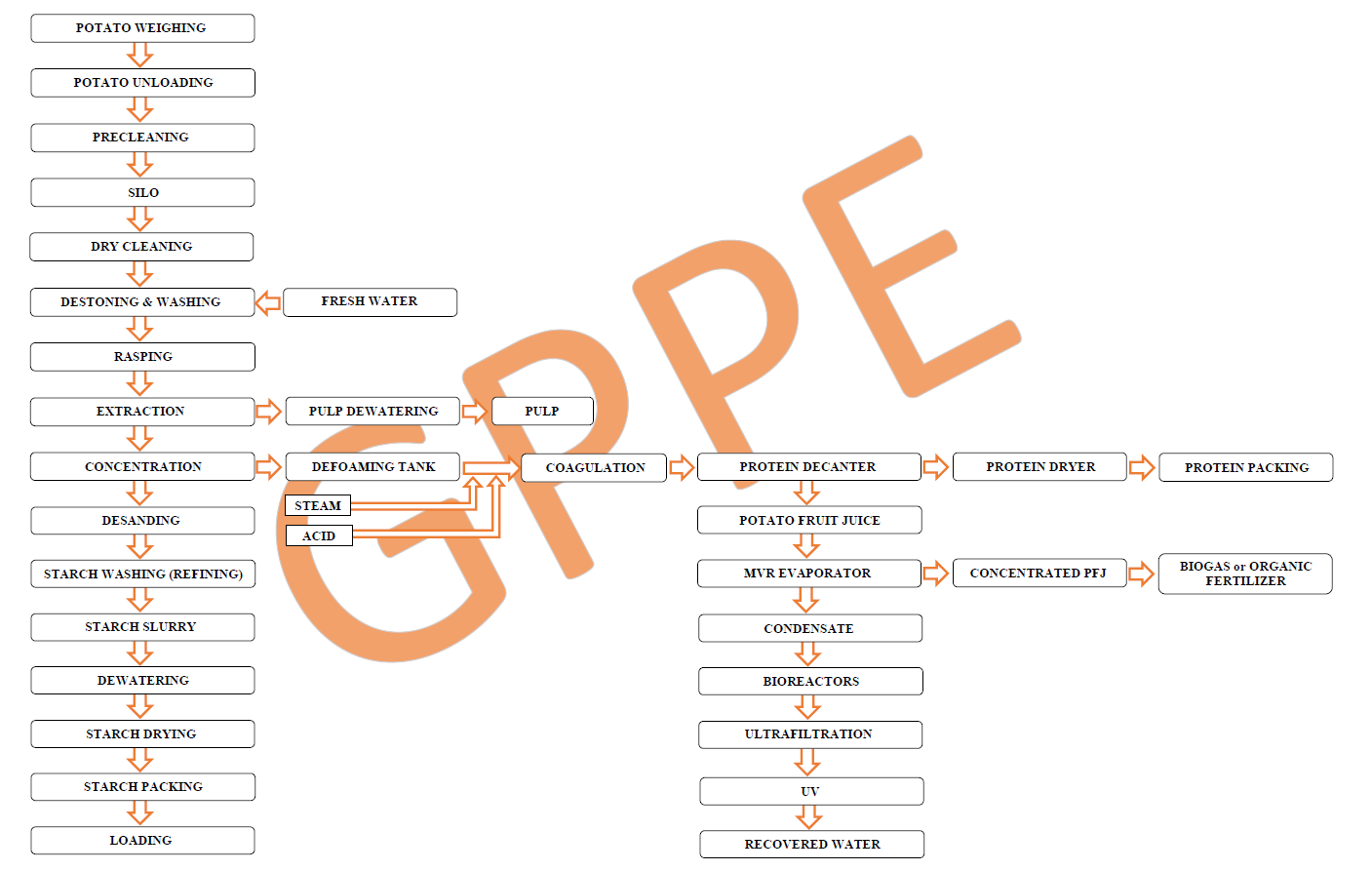
POTATO STARCH
Potatoes are unloaded in such a way that there should not be any damage within. Special design considerations are applied for this purpose. Potatoes drycleaned and sent to small storage silos. In potato washing section foreign materials, stones, soils, sands separated/washed and clean potatoes are fed to raspers through feed hopper. Folowing Rasping, potato slurry is transferred to Rotating Conical Screens and pulp is washed with process water countercurrently in a multiple stages. Prior to feeding Rotational Screens, magnetic separator is installed in order to avoid screen damage which may happen due to rasper blades abrasion. Following to Washing, pulp is dewatared in another rotational screen and sold for animal feed or is used for biogas production. Following Rotational Screens main stream is sent to Concentration section. Starch is separated from potato fruit juice (PFJ) and transferred to desanding unit. Sand, any remaining soils and similar high density impurities are separated from starch stream as they affect final product quality in a negative way. Following desanding unit, starch is washed countercurrently with multiple stages hydrocyclones in Refining section. This hydrocyclone unit consists Revovery, Concentration and Washing stages. Recovery stages guarantee minimum starch loss with overflow. Overflow stream is used as process water and excess amount is combined with PFJ from Concentration section. Following washing, starch is transferred to rotary vacuum filter for dewatering. Dewatered starch cake with 38-40% moisture content fed to starch dryer to get desired (18-20% ) final moisture content. Following drying starch is cooled, sifted and bagged.
POTATO PROTEIN
In Concentration section Potato Fruit Juice was separated from starch stream and it is combined with excess process water coming from refining unit. Combined PFJ stream contains fine fiber which shoud be separated otherwise it will reduce final protein purity. Following fine fiber separation PFJ is transferred to defoaming tank. Mechanical defoaming will be used with special design and there will be no need to use antifoam. Coagulation is achieved by the help of pH, temperature and retention time. Acid is added to adjust pH and 4 minutes retention time is insured at coagulation temperature. Temperature is increased by the help of steam injector and heat recovery system is designed for minimum steam consumption. Initial 22 oC PFJ temperature is increased to 110 oC by the help of heat reclaim heat exchangers and steam is used for increasing temperature from 110 oC to 115 oC or 122 oC. Special precautions must be taken as fouling is very big issue in this application. Spiral heat exchangers should be selected to avoid fouling. After coagulation protein is dewatered by decanter and protein cake is dried in Ultra Spin Flash Dryer for highest quality.
WATER RECOVERY
Filtrate from Protein decanter (PFJ) is sent to Mechanical Vapor Recompression Evaporator. It is concentrated and sold as organic fertilizer or used for Biogas production. Condensate water from Evaporator is fed to BioReactor, Ultra Filtration and UV units respectively. After this process steps water can be used for process purposes. Water recovery section is optional.
 EN
EN
 TR
TR

